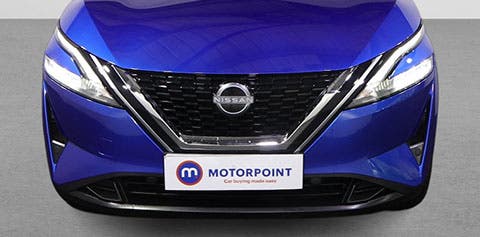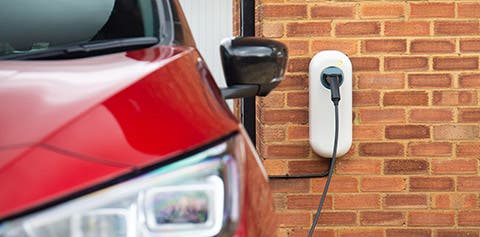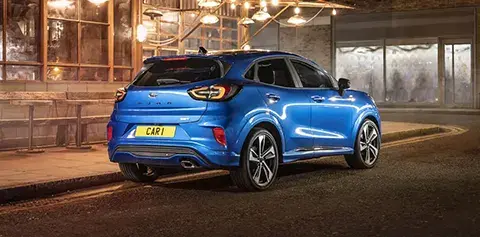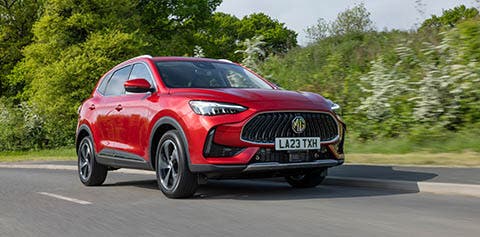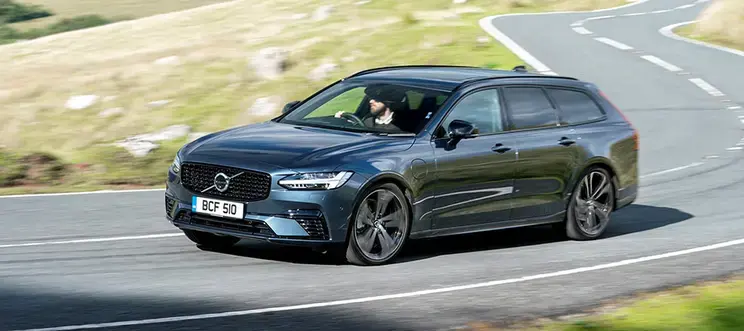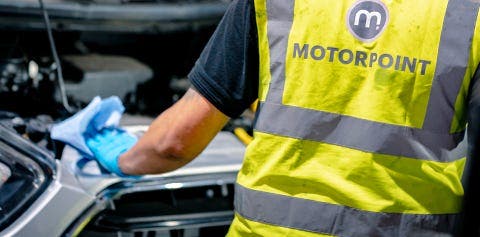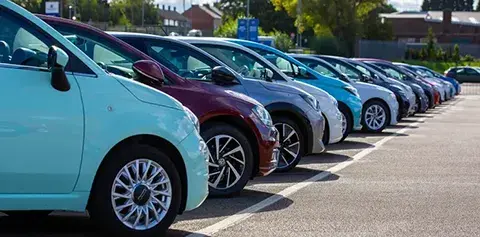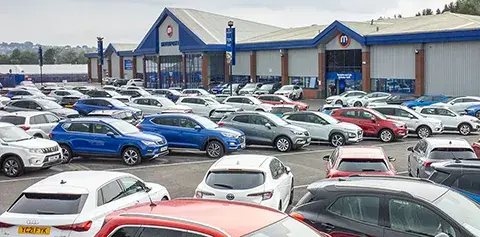If your MOT test is coming up, you might have some questions about the process or be concerned about the outcome – read our guide for all the answers
Around 40% of vehicles fail their MOT, for over 600 different reasons – but that doesn’t mean your car has to be one of them.
With a little preparation and insider knowledge, you can go into the test with confidence.
To help you prepare your car for its annual MOT test, we’ve put together this in-depth guide with everything you need to know about the test – from how much it costs, to the checks you should do before heading to the garage.
What is an MOT test?
The MOT (Ministry of Transport) test is a yearly test to assess the safety and roadworthiness of your car. It’s a legal requirement for every car over three years old in the UK (besides some exempt vehicles).
The purpose of an MOT test is to make sure your car is safe to drive on public roads. The test examiner will carry out lots of checks on the inside and outside of your car, testing everything from the brakes to its exhaust emissions.
How long does an MOT take?

An MOT takes around 40 minutes to an hour to complete once started. If the examiner finds a fault or defect, they’ll mark it down as Dangerous, Major or Minor. There are over 600 ways to fail an MOT, so it’s best to be prepared.
What is covered on an MOT test?
The MOT test covers lots of areas on the interior and exterior of your car, including:
- Brakes
- Lights
- Mirrors
- Safety equipment
- Electrical systems
- Fuel system
- Suspension
It doesn’t cover the engine, gearbox or clutch, because they don’t directly affect the safety of your car. However, if your car’s dash is showing an engine warning light, that’ll count as a failure.
Why do MOT tests include an exhaust emission test?
MOT tests check your exhaust emissions to help protect the environment against pollution. This makes sure your car isn’t spouting out unexpectedly high amounts of toxic emissions, which can damage the environment. The test is slightly different for petrol and diesel cars, but both are measured using a meter and are compared against the manufacturer’s quoted figures for that specific car. If your car fails its emissions test, it’s a good indicator something isn’t right with the engine.
What are the MOT test failure categories?
If the MOT test examiner finds a problem with your car, they’ll mark it down as Dangerous, Major or Minor.
- Dangerous – Faults marked as ‘Dangerous’ present an immediate risk to road safety or are likely to have a serious impact on the environment. Your car will receive an automatic fail and the garage will advise you not to drive it away until it’s fixed
- Major – Major faults result in an automatic MOT test fail. Don’t use your car again unless you’re taking it to a garage for repairs or a rescheduled MOT test
- Minor – Minor faults don’t result in an MOT failure, but they are marked down on the pass certificate, so you can get them repaired before your next test
As well as these three official categories, MOT testers often provide advice on other points, known as advisories. It’s worth looking into these as it could help you avoid an MOT test failure in the future. These can vary from an air freshener hanging on the rearview mirror – which could impede visibility – to suspension and brake parts that are worn but don’t yet need replacing.
Where should I take my car for its MOT?

You have a few different options when deciding where to take your car for its MOT, including:
- Manufacturer franchise/dealer – Depending on your car, it might be best to take it to a service centre run by the original manufacturer. They’re best placed to carry out specialist repair work, but are generally the most expensive
- Independent garage – Lots of local garages have an in-house technician who’s qualified to carry out MOT tests. This is one of the cheapest options, but prices can vary. We’d recommend the Good Garage Scheme for finding a local garage you can trust
- Fast fit – Fast fit outlets are places such as Halfords and Kwik Fit. They’re convenient and competitively priced, with online booking available for MOT and servicing, but they’re not the cheapest and may not be able to carry out some specialist repairs
When do you need an MOT?
Your car will need an MOT test once per year after its third year. The date of its first MOT will normally be 36 months after the date it was first registered on the road (information listed in the V5C document).
How do you know when your car’s MOT is due? That’s easy. Just head to the DVLA’s MOT checker and input your reg number. From here, you can see the date your next MOT is due, access its most recent test certificates and sign up to receive an MOT reminder by email or text.
You can book an MOT up to a month (minus a day) before it runs out and still keep the same renewal date. Otherwise, you can book an MOT at any time of the year – but the MOT certificate will expire on the same day the following year.
When will a new car need its first MOT?
New cars need to be taken for their first MOT once they’re three years old. It’s expected that cars newer than this will be in roadworthy condition, both mechanically and cosmetically.
How much does an MOT cost?
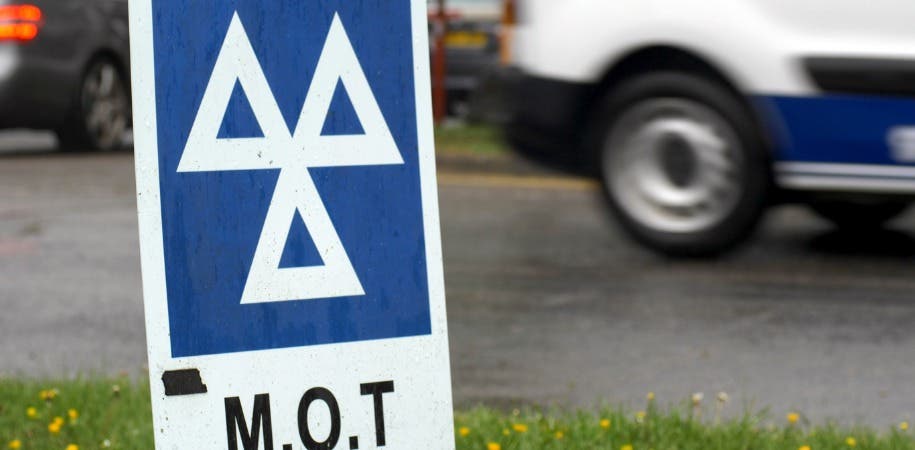
MOTs vary in price but are capped at £54.85 excluding VAT. Realistically, you should never have to pay the full amount if you book in advance and check prices at a range of local garages.
In our experience, most garages and MOT test centres charge between £30-£50. The price you pay may vary depending on how you book and when. We’d always recommend doing some research online to find the best MOT prices in your area.
Note – Don’t be tempted by an MOT test centre that seems too cheap to be true, because there’s a good chance it will be. For example, if you spot a deal for a cheap £20 MOT, the garage may inflate the subsequent repair costs to recover their expenses. They might also exaggerate problems and pressure you to agree to repair work or replacement parts your car doesn’t need. Use the Good Garage Scheme to find reputable dealers and stay away from prices that are suspiciously low.
What happens if you drive without an MOT?
If your car is between three and 40 years old, you cannot drive without a valid MOT test. Doing so can result in a £1,000 fine if you’re pulled over by the police, who use automatic number plate recognition (ANPR) systems to instantly check whether your car is taxed and MOT’d.
The punishment can be more severe if your vehicle received a ‘dangerous’ fault and you continue driving it without rectifying the fault. In this case, you can expect a fine of up to £2,500, three penalty points on your licence and possibly even a driving ban.
One loophole is that, if your car still has a valid MOT certificate from last year, you can drive it until the same date this year. As an example, if your car passed an MOT test on 18 October last year and failed its MOT on 10 October this year, you’ve still got eight days of having a valid MOT certificate. You should use this time to fix any issues your car failed on in the most recent MOT test.
There’s only one scenario where you can drive a car without a valid MOT certificate, and that’s if you’re on the way to a garage for an MOT test. This is a common excuse pulled by drivers stopped by the police, so make sure you can prove that the test has been booked.
You can’t even park on the road if your MOT has expired. If your car can’t be used on the road, it has to be parked on private land – such as a driveway or in a garage – and you’ll need to declare it SORN to the DVLA.
There’s no grace period for MOT tests, so as soon as your car has an expired MOT certificate you could be prosecuted.
Preparing your car for its MOT: A checklist
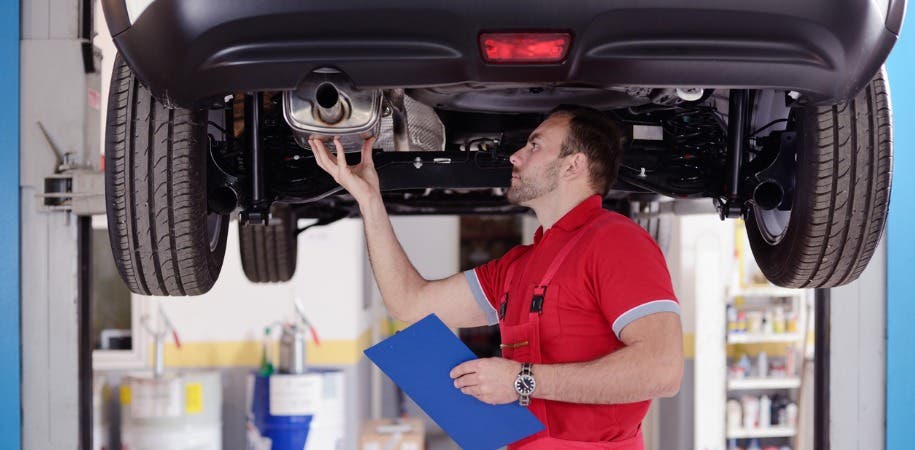
With hundreds of ways to fail an MOT, any preparation you do beforehand can help you steer clear of problems and pass the test with flying colours. Taking the time to carry out the following checks could save you a lot of hassle down the road.
Exterior pre-MOT checks
- Lights – start by checking the lights, including the brake lights, hazard lights, indicators, fog lights, headlights, taillights and daytime running lights. You might need to ask a friend to help you check the brake lights, but there are other ways of doing this such as reversing up to a garage door and seeing your lights in the reflection
- Mirrors and glass – make sure the mirrors and glass are free from scratches, cracks or dirt/dust which might impede your view
- Screen wash and windscreen wipers – check the condition of the windscreen wipers, looking for damage and wear on the rubber blades as well as the metal arms. Then, check and top-up the screen wash reservoir under the bonnet – no screen wash is one of the most common reasons for a car to fail its MOT
- Fuel filler cap – make sure the filler cap is securely attached, with no damage to the inner seal
- Exhaust fumes – turn on the ignition and check the fumes coming from the exhaust. Thick smoke or dark vapour could mean your car is emitting dangerous fumes, for which it could fail its MOT. Fuel additives are available to help clean up the system before the test
- Tyres – it’s important that you check the tread depth, condition and pressure of your car’s tyres before the MOT. We’d recommend the classic 20p test for checking the wear depth – just slide a 20p into the tyre groove, and if the outer band is obscured, your tyres are above the limit (1.6mm). Look for bulges or bald spots that could indicate uneven tread wear or damage to the sidewall. After three years of use, tyres are the most likely component to have picked up wear and tear, so checking them before your car’s first MOT is a must
- Boot, bonnet and doors – an obvious one, but make sure all your car’s doors shut securely with a quick test
- Number plate – your car will fail its MOT if the number plate is obscured, either by mud/dirt or a faulty number plate light. Plates with incorrect fonts or spacing will also result in a fail. Check the front and rear before the test
- Drivability checks – when you’re driving in the run-up to the test, be mindful of how the car feels. Is it pulling slightly to one side under braking? Are there any unusual noises or clunks from the suspension? Does the engine sound rough or loud when idling? A combined MOT and service can help shed light on what could be causing these symptoms
Interior pre-MOT checks
- Dashboard warning lights – make sure all the dashboard warning lights illuminate when you first turn the ignition on before quickly switching off when you start the engine. If any are left illuminated, your car could receive an automatic fail
- Seats and seatbelts – make sure the seats can be adjusted forwards and backwards, and that they lock in place. Give each seatbelt a sharp tug to check they’re working – they should lock when pulled hard, mimicking the action of sudden braking or a collision
- Horn – the horn should be loud and clear, and should emit a long, singular tone. Give it a quick test before the MOT
- Handbrake – test the handbrake to make sure it’s holding the car in a stationary position before the MOT. You can either do this on a slight incline or by lifting the clutch slightly with the handbrake engaged – the bonnet should lift, without the car moving forward
Other tips to help you prepare

Here are a few other things to note before your car’s first scheduled MOT test:
- Give it a clean inside and out – a clean, tidy car makes a good first impression, so we’d recommend washing the exterior and vacuuming the cabin before the test. If applicable, take out child seats so the tester can check that all the seatbelts are working
- Make sure you have the locking wheel nut to hand – if your car has alloy wheels, leave the locking wheel nut in the centre console so that the test examiner can access the brakes
- Book an MOT and servicing package in advance – booking a combined service and MOT can help you save money, especially when booked well in advance of the test day. Shop around to find the best deals. However, this relies on you driving the same number of miles between your car’s service intervals – or fewer. There’s no point booking a service a few thousand miles after the last one just to save a few quid on the MOT test
- Book an early morning slot when you can – for total convenience, try to get an early morning slot. Garages can run behind later in the day as jobs start to mount up, so booking a morning slot will reduce the likelihood that your MOT time will get delayed
- Don’t accept repairs until you’ve shopped around – don’t be pushed into accepting repairs unless your car has received a ‘dangerous’ defect. Repair costs may be cheaper elsewhere, so don’t feel obliged to stick with the same garage – shop around and find the best deal that works for you
When does a car become MOT exempt?
Once a car is 40 years old or more, it no longer needs an MOT test. However, you need to make sure that your car remains in a roadworthy condition – it doesn’t mean you can neglect all maintenance. Some classic car owners continue to put their car through an annual MOT for peace of mind.
What is the most common fail on an MOT?
According to RAC data, nearly one in five cars fail their MOT due to a lighting issue. Often, this will just be a bulb that needs replacing, so it’s really important to check all your lights before you present your car for its MOT test. Depending on the car in question, a replacement bulb might only cost a few pounds, so it’s one of the very cheapest things to rectify on your car. Issues with suspension, brakes and tyres are also common reasons for MOT test failures.

